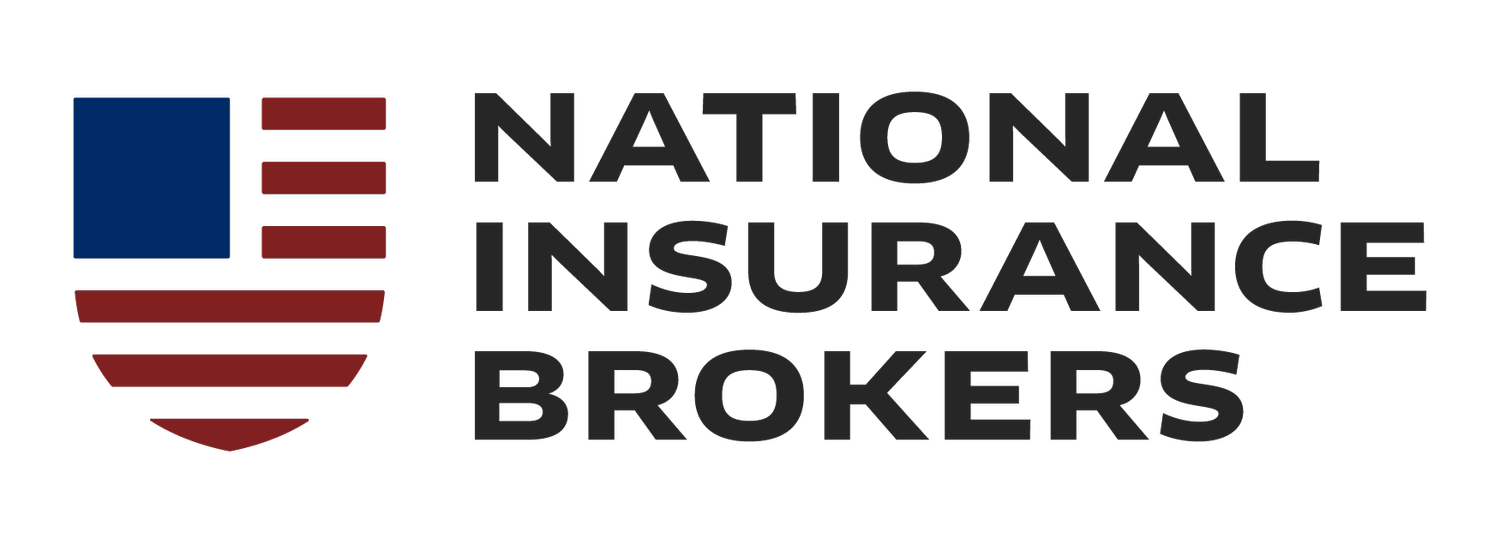Don’t Overlook These Common Home Insurance Gaps
Homeowners insurance is a critical component for any homeowner. It provides a safety net for your most significant investment - your home. However, many homeowners need to learn the potential gaps in home insurance coverage. This article aims to shed light on these gaps, ensuring you are fully protected and aware of your homeowner's insurance coverage options.
Understanding Home Insurance Basics
Generally, these policies offer a range of protections, including dwelling coverage, personal property coverage, liability protection, and additional living expenses coverage. However, while standard policies provide a broad safety net, they might only cover some scenarios.
This is where the importance of tailoring your policy to your specific needs comes into play. An experienced insurance company can guide you through this process, ensuring that your homeowner's insurance is comprehensive and fits your unique situation.
Common Home Insurance Gaps
There are several areas where standard policies may fall short. Recognizing these gaps is crucial to ensure you are protected.
Earthquake and Flood Coverage
One significant gap in many policies is coverage for natural disasters like earthquakes and floods. Standard homeowners insurance policies typically do not include these perils.
This oversight can be critical, especially if you live in an area prone to these events. It's critical to assess your regional risk factors and consider adding specific coverage for these disasters to your policy. Without this, you could face substantial financial losses in such a disaster.
Valuable Items and Personal Property
Another area to scrutinize is the coverage of high-value items. Standard policies typically have coverage limits for personal property, which may not be sufficient for expensive items like
Home-based Business Coverage
A common misconception among homeowners is that their home insurance automatically covers business-related equipment and liabilities. This is often different. A typical homeowners insurance policy may provide limited or no coverage for business equipment, inventory, or liability related to business activities conducted at home.
Homeowners with home-based businesses must consider separate policies or endorsements for their business needs. This ensures that both your personal and business assets are adequately protected.
Whether for business equipment or liability arising from business activities, relying solely on a standard homeowners policy can leave significant gaps in coverage.
Sewer Backup and Water Damage
Water damage is another area where standard home insurance policies often have limitations. While some policies may offer minimal coverage for water damage, they are usually very specific regarding the cause.
Sewer backup, a common and potentially disastrous event, is frequently not covered under standard policies. Given the high cost and the disruptive nature of sewer backups and water damage, you must consider adding specific coverage for these events to your policy.
This addition helps close a critical coverage gap and can save homeowners significant stress and expense in the event of such an incident.
Liability Coverage Gaps
Liability coverage is a critical component of homeowners insurance, but it's also an area where gaps can exist.
Insufficient Personal Liability Coverage
Personal liability coverage in a standard homeowners insurance policy is designed to protect homeowners from legal and financial responsibilities if someone is injured on their property or if they cause property damage. However, the coverage limits of a standard policy might only be sufficient for some situations, especially in severe accidents or lawsuits.
This is where umbrella insurance can be a valuable addition. Umbrella insurance provides liability protection over and above your standard policy limits, offering more extensive coverage and peace of mind.
Dog Liability Issues
Dog bites and related incidents are specific liability issues often addressed in a homeowners insurance policy. However, coverage for dog-related incidents can vary significantly between policies and insurers.
Some policies exclude certain breeds deemed high-risk or have limited coverage for dog bites. Homeowners with dogs should carefully review their policy to understand what is and isn't covered and consider additional coverage if necessary. You must know these potential liability claims gaps to protect you and your pet.
Coverage Gaps for Home Renovations
When undertaking home renovations, it's important to know how these changes can affect your home insurance coverage.
Changes in Property Value
Renovations often increase a property's market value and may improve its functionality or aesthetics. However, these improvements can also create a gap in home insurance coverage.
If the value of your home increases significantly due to renovations, your existing coverage limits might need to be revised. This situation could lead to underinsurance in the event of a claim, leaving you to cover the shortfall. It's crucial to update your insurance coverage during and after renovations to reflect these changes in value.
Builder's Risk Insurance
Standard homeowners policies may not cover damages related to construction work. This gap is where builder's risk insurance comes in. It provides temporary coverage for properties under construction, covering risks like construction-related damages, theft of materials, and vandalism. This specialized insurance is essential for any homeowner undergoing significant renovations or building a new structure on their property.
Tips for Avoiding Home Insurance Gaps
There are several strategies homeowners can employ to avoid insurance gaps:
1. Regular Communication with Your Insurance Agent: Keeping an open line of communication with your insurance company or agent is vital. Inform them of any significant changes to your property or lifestyle affecting your insurance needs.
2. Conducting a Thorough Home Inventory: Regularly update your home inventory, especially after major purchases or renovations. This practice helps ensure that your personal property coverage reflects the actual value of your possessions.
3. Understanding Policy Exclusions and Limitations: Familiarize yourself with the exclusions and limitations of your homeowner's insurance policy. Knowing what is not covered is as important as knowing what is covered.
Conclusion
Understanding and managing home insurance coverage gaps is essential for protecting your most valuable asset – your home. From natural disasters to home-based business needs, renovations, and personal liability, being aware of these gaps is key.
Regularly reviewing your insurance policy and contacting your insurance provider can help identify and address these gaps.
We encourage all readers to take a proactive approach in reviewing their home insurance policies. Consult with a professional if you need clarification on your coverage or have identified potential gaps.
National Insurance Brokers, committed to making you smarter about insurance buying, is an excellent resource for personalized advice and solutions. Contact them today to ensure you stay informed and vigilant.

